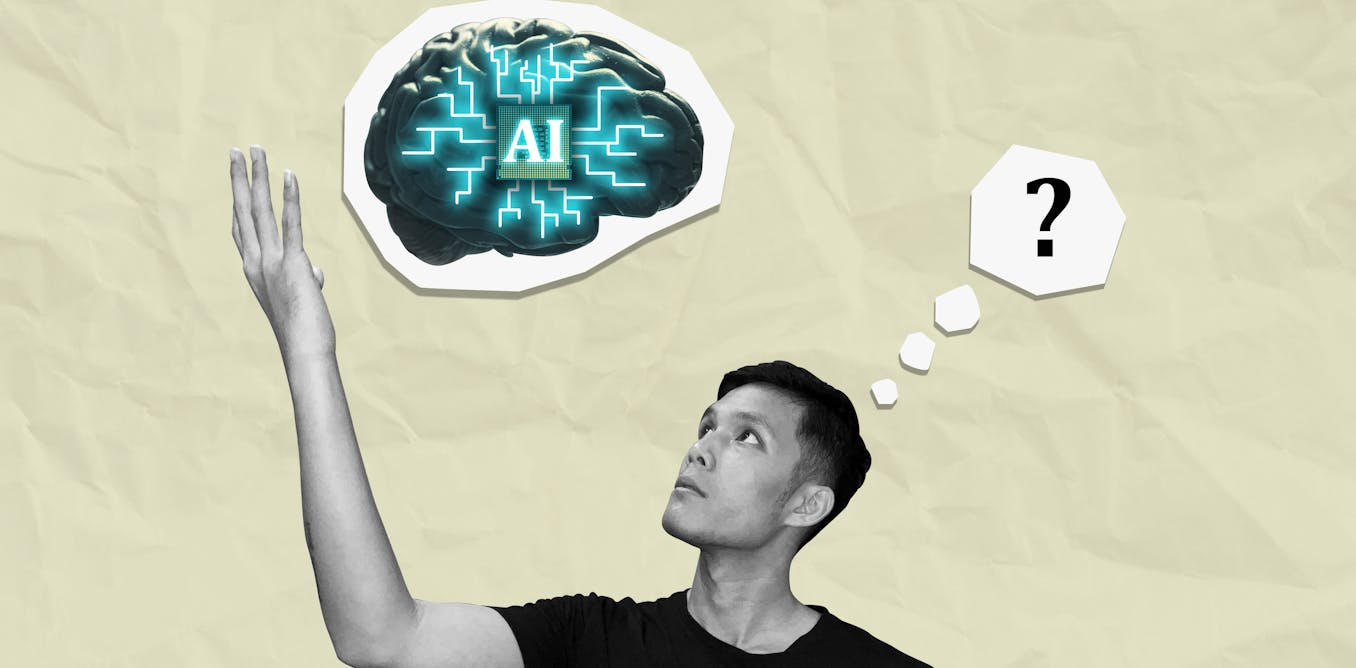Why Do We See AI as ‘Thinking’ and ‘Feeling’?
People often use human-like metaphors to describe artificial intelligence, calling AI models ‘digital brains’ that ‘think’ and ‘feel.’ These metaphors make it easier for us to grasp the complex technology behind AI. By personifying AI, we bridge the gap between technical jargon and everyday understanding. But, while this helps simplify conversations, it can also create confusion about the nature of AI.

The Double-Edged Sword of AI Metaphors
Using metaphors like ‘digital brains’ makes AI seem more relatable and less intimidating. However, these metaphors also risk misleading us into thinking AI has consciousness or emotions like humans do. AI models process data and generate outputs—they do not truly ‘think’ or ‘feel.’ By over-personifying AI, we may misinterpret AI’s abilities and limitations, which could affect how we trust and interact with this technology.
As AI becomes more integrated into our daily lives, it’s crucial to understand both the benefits and pitfalls of using metaphors. Metaphors are helpful, but we must remember that AI lacks true human qualities. Staying aware of the language we use helps us maintain a realistic perspective on what AI can—and cannot—do.
Sources:
Source
















